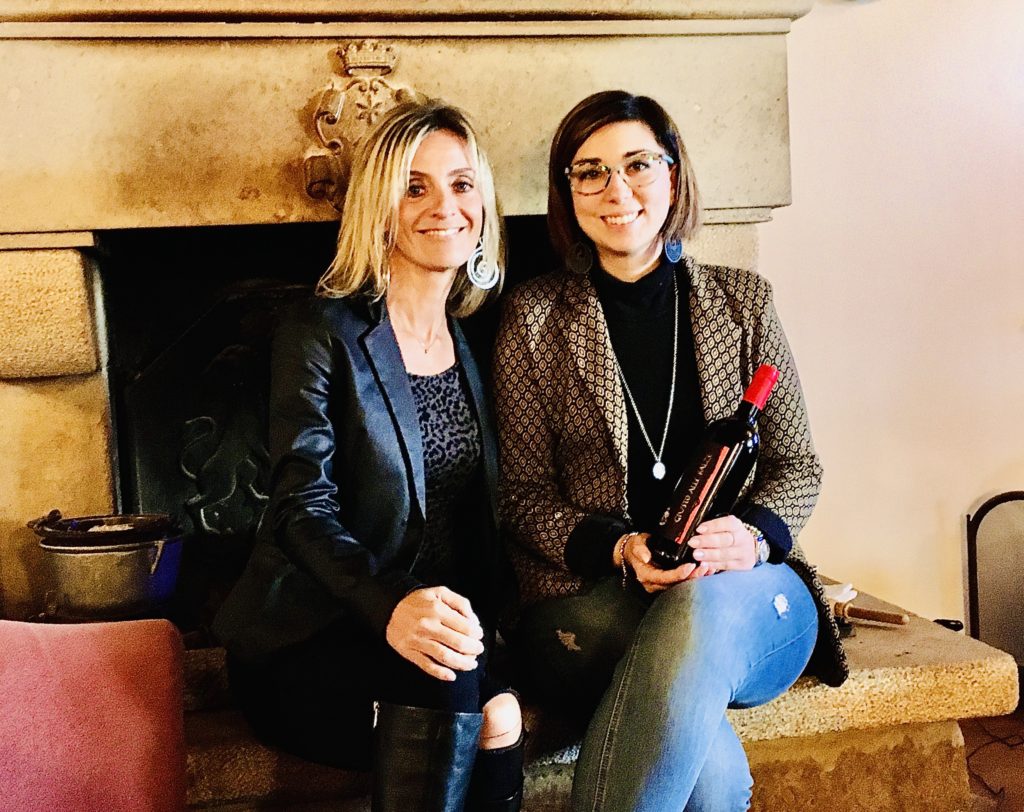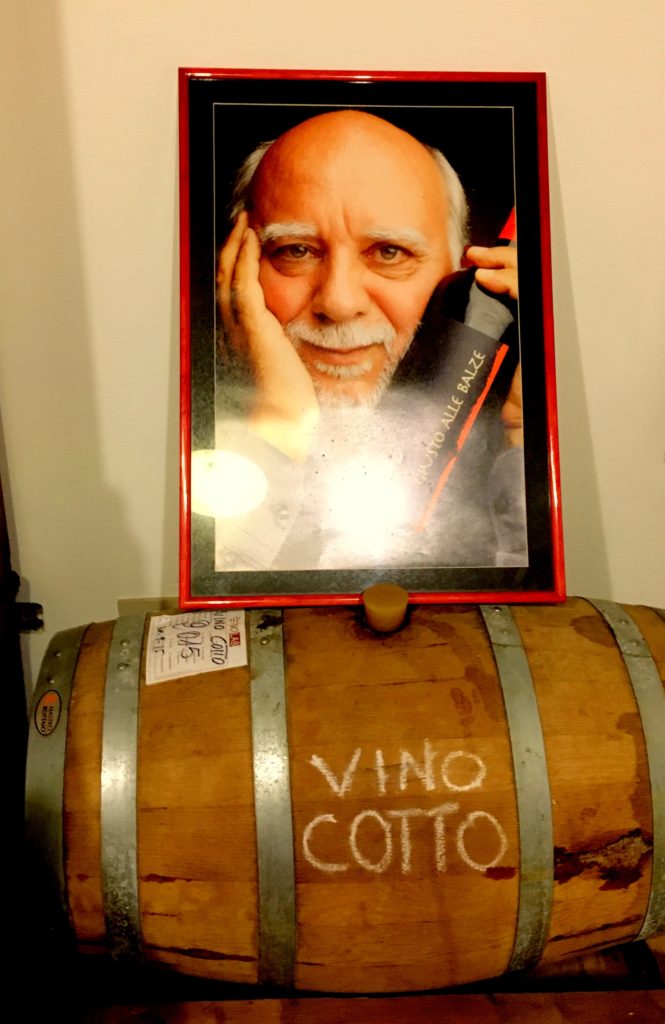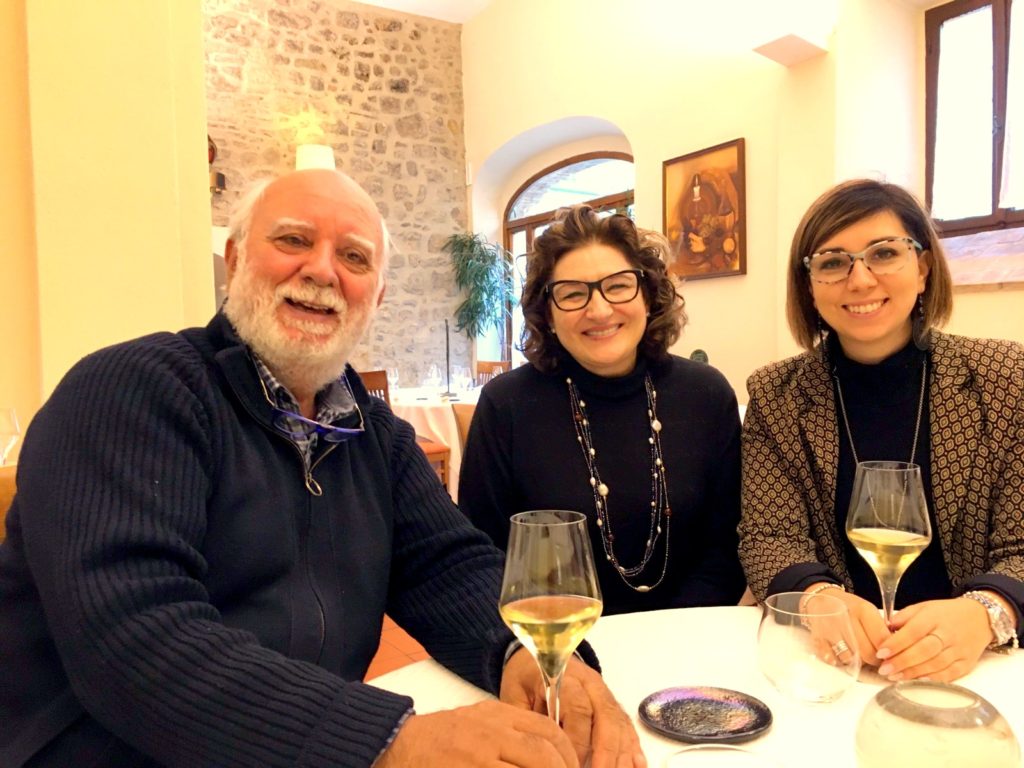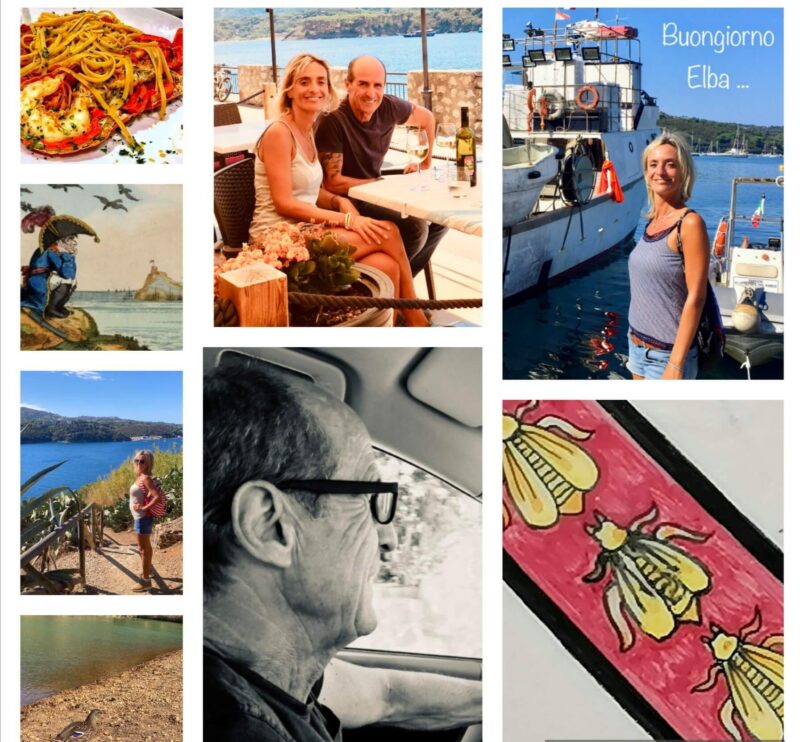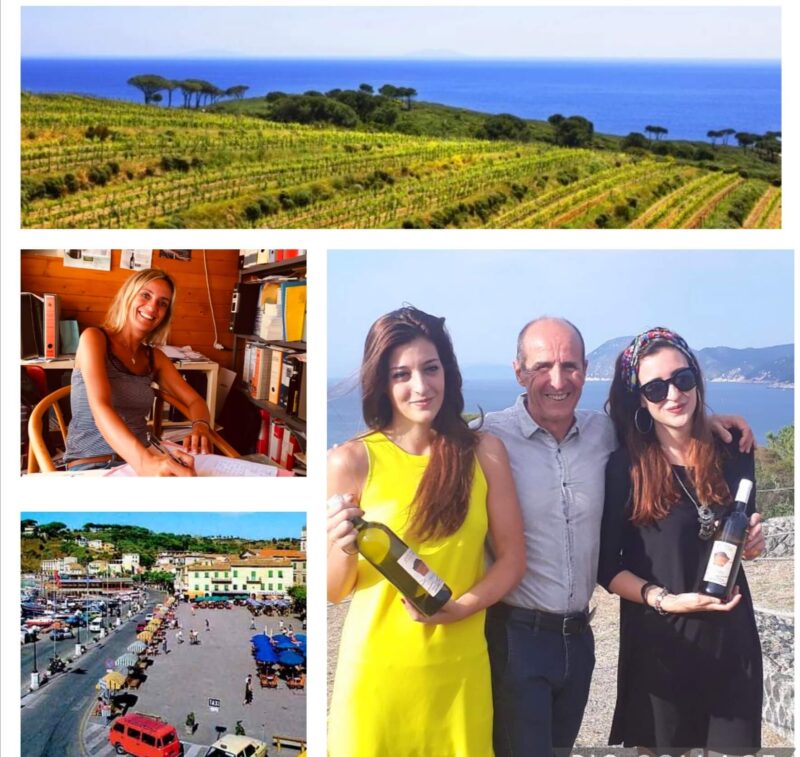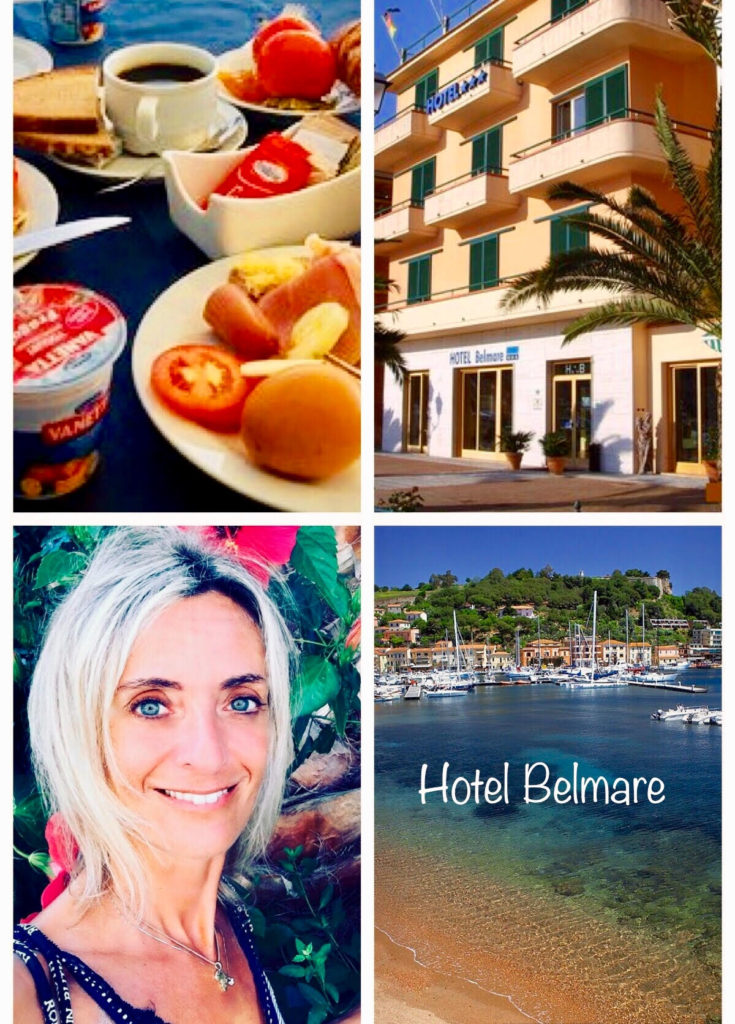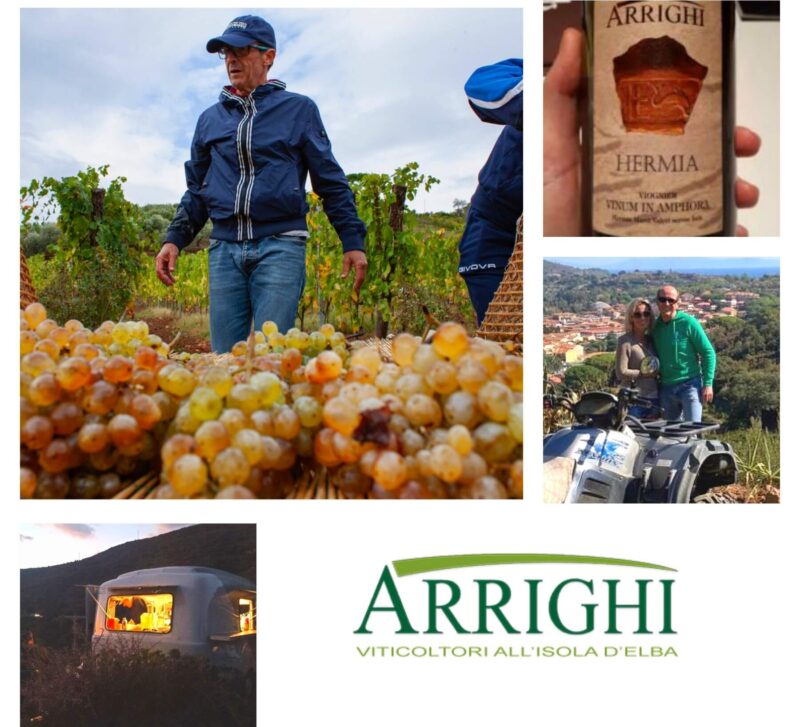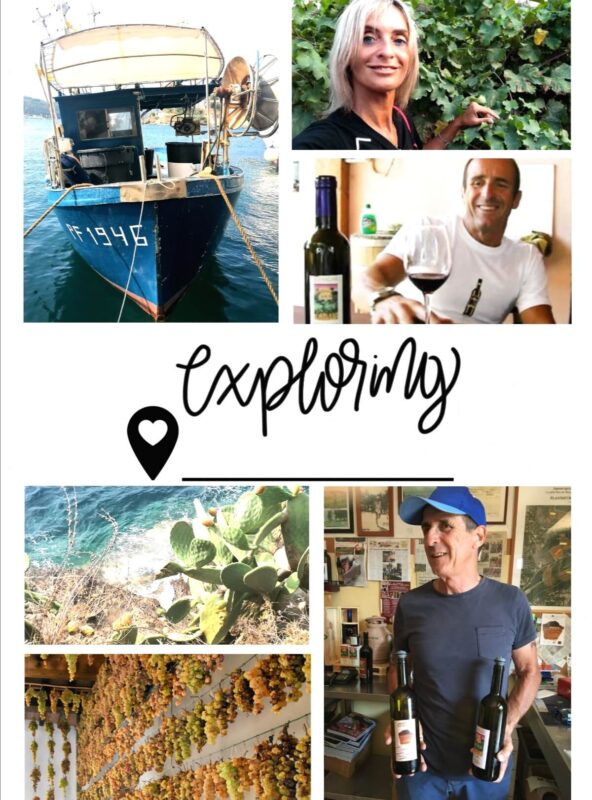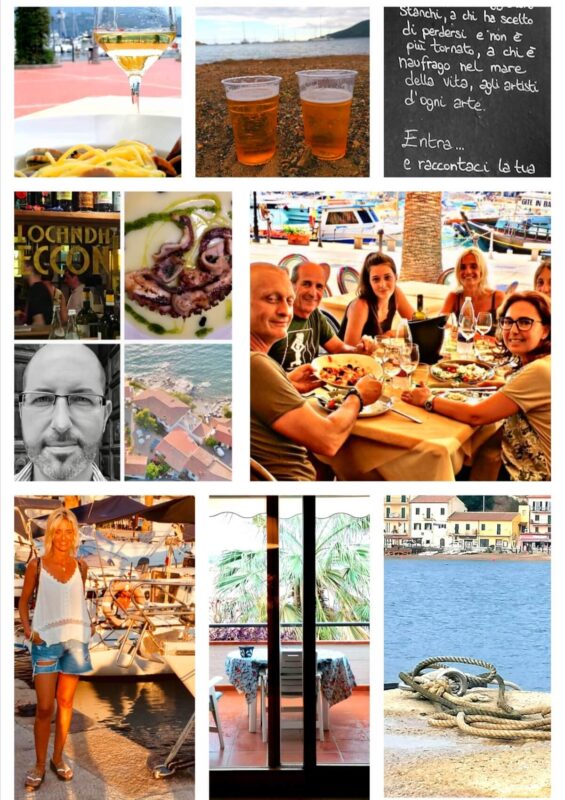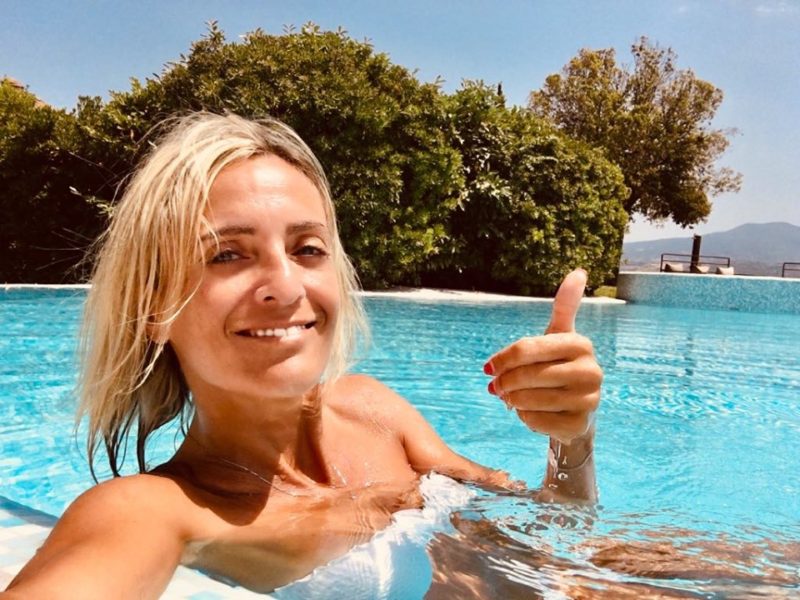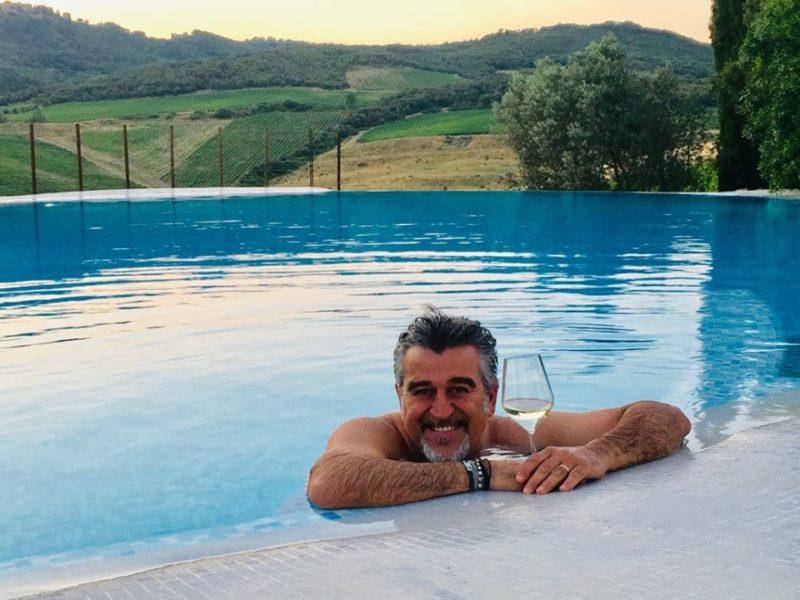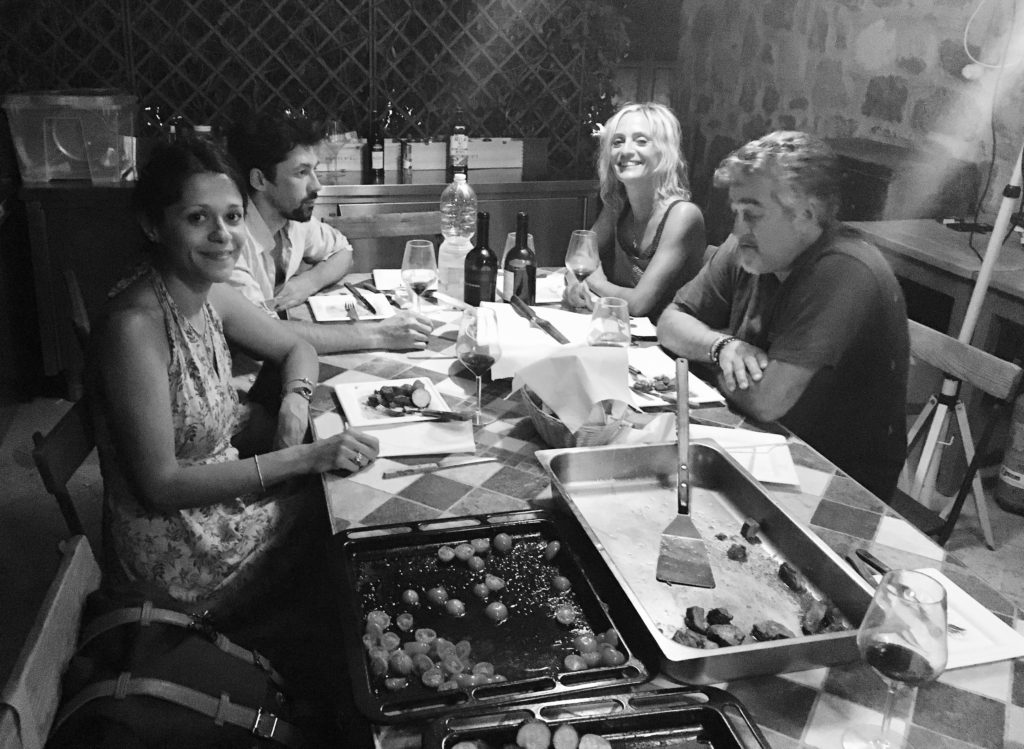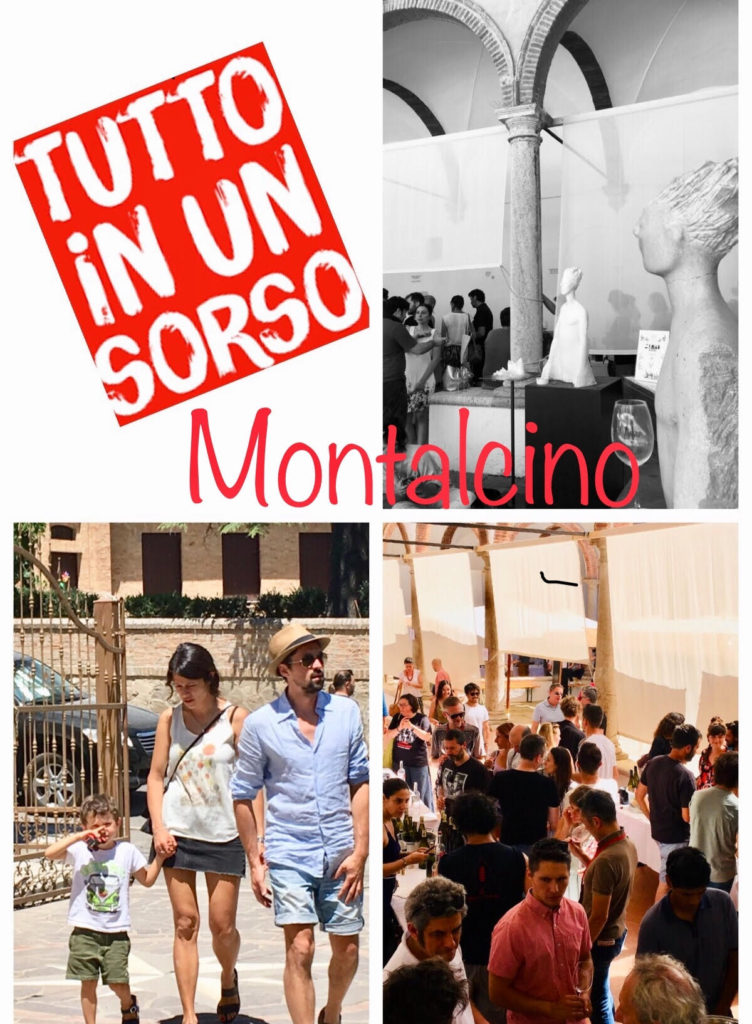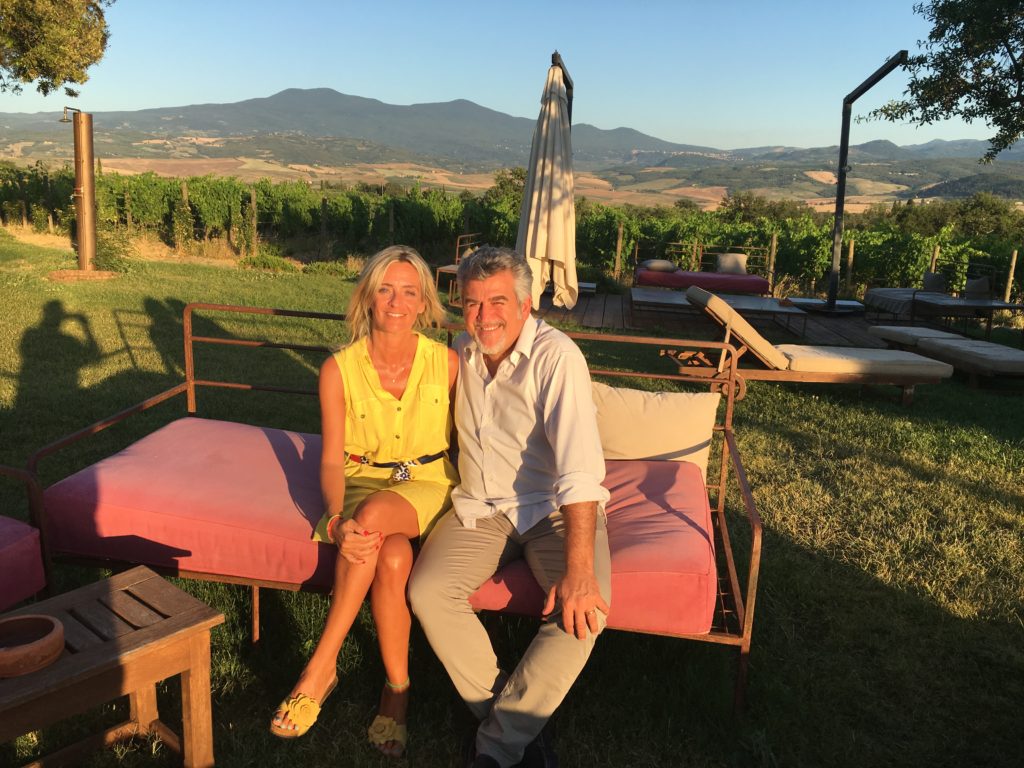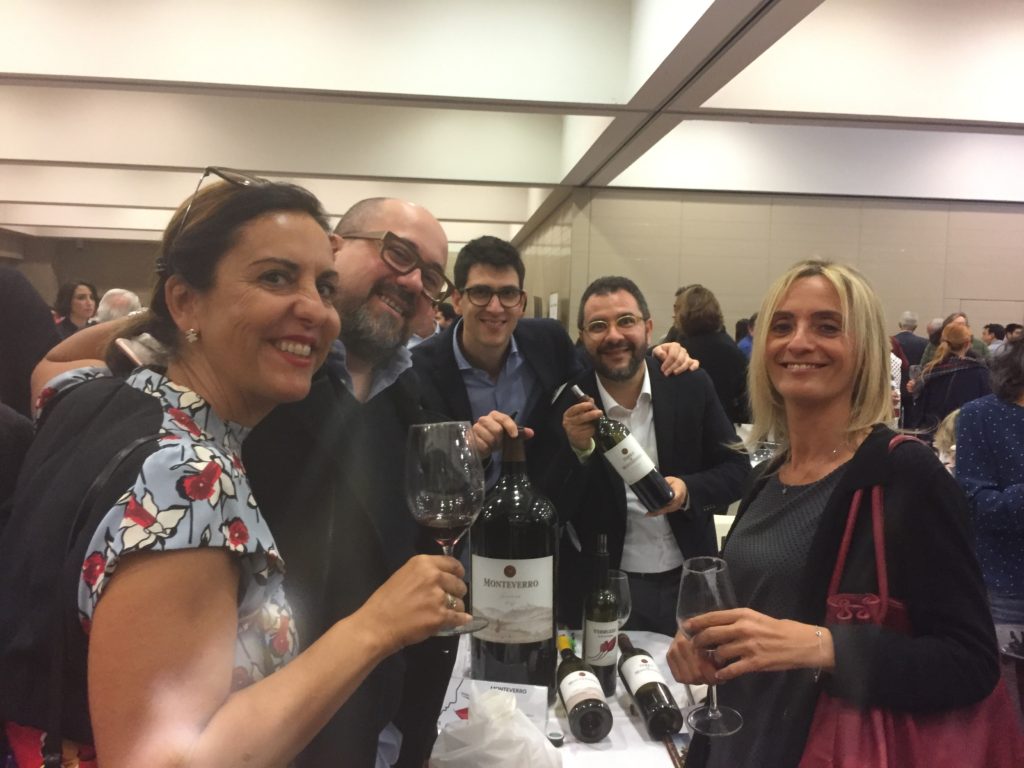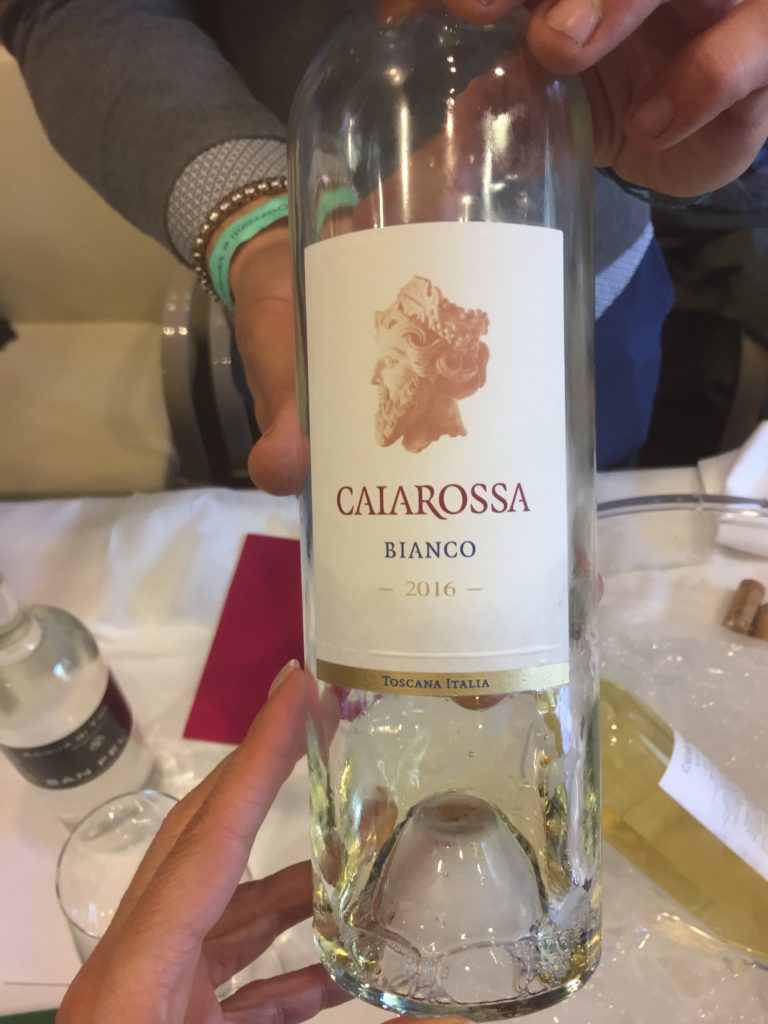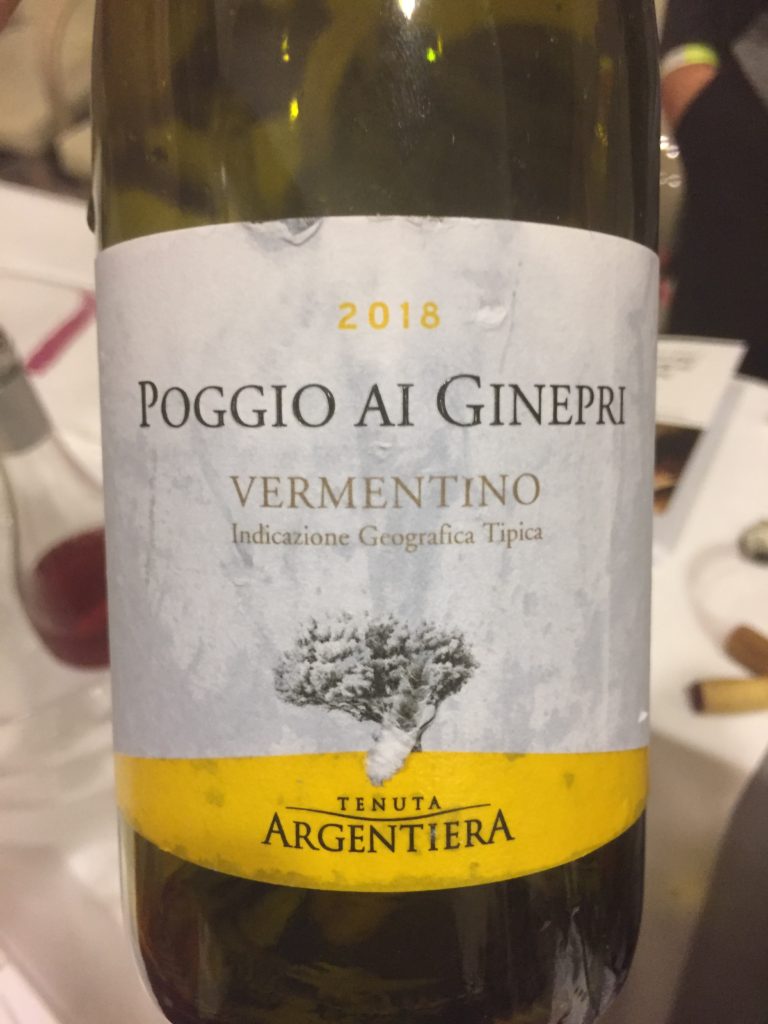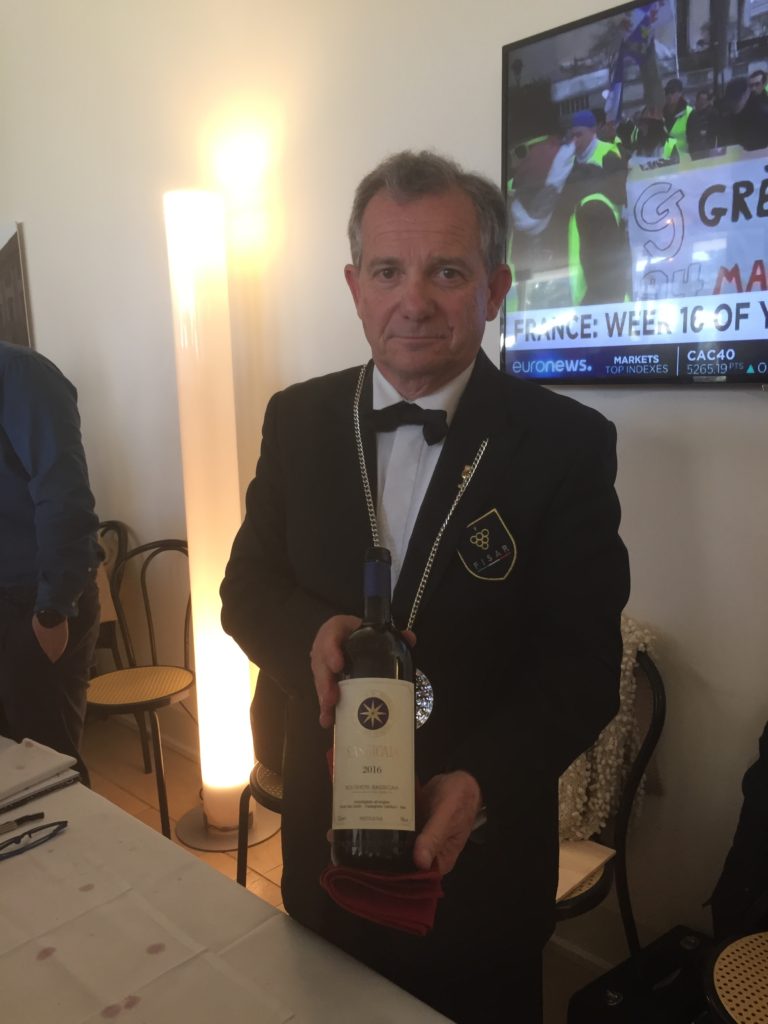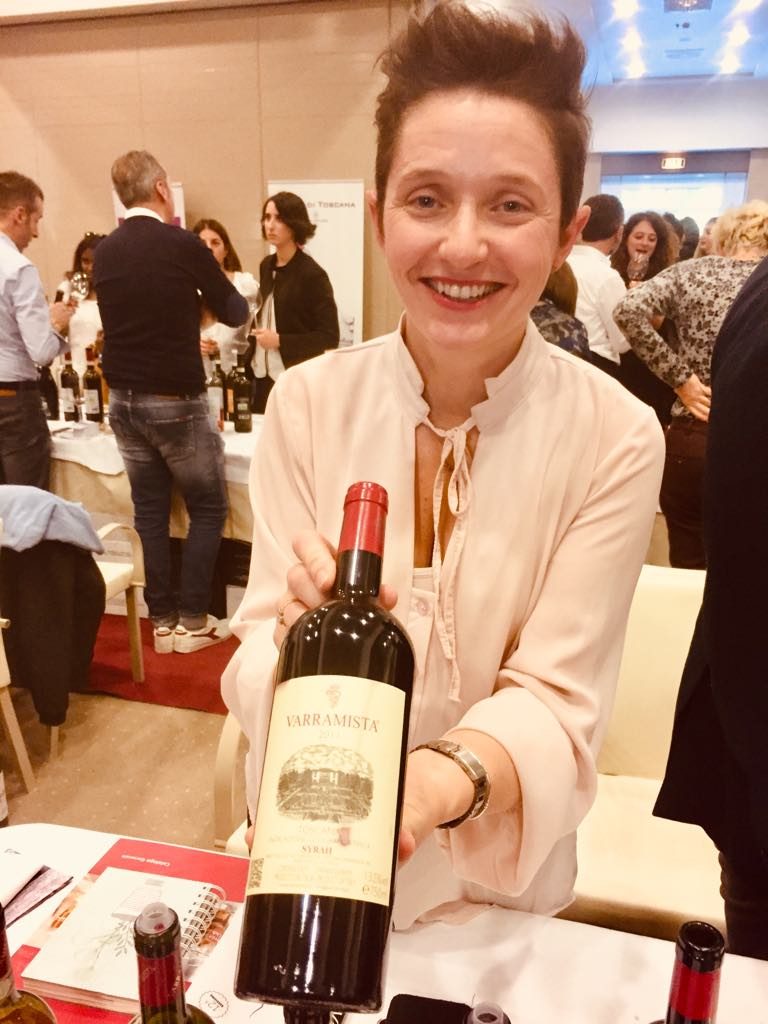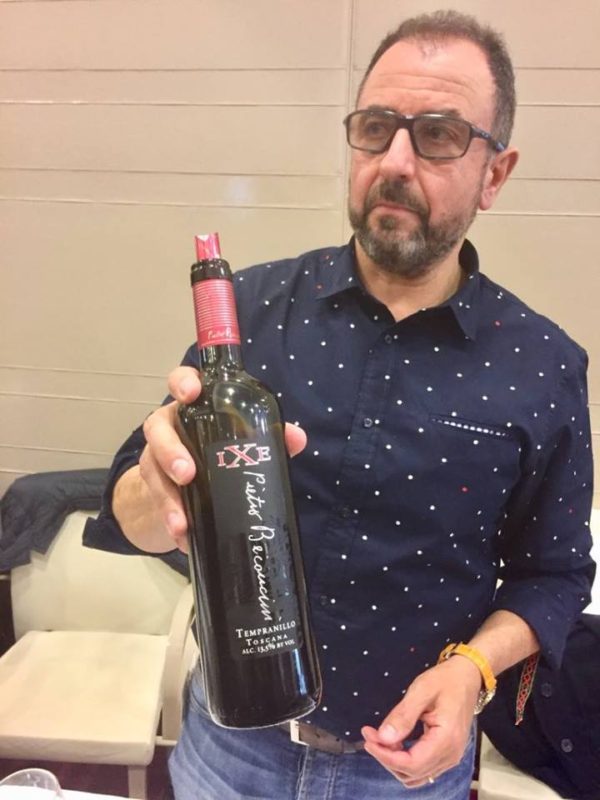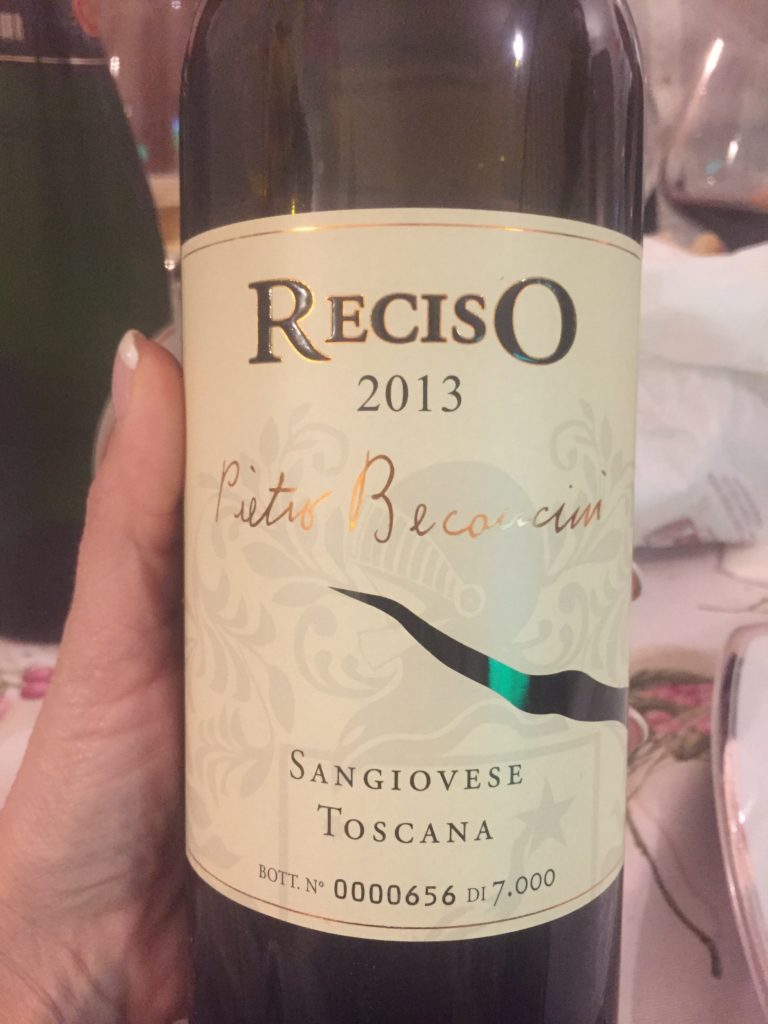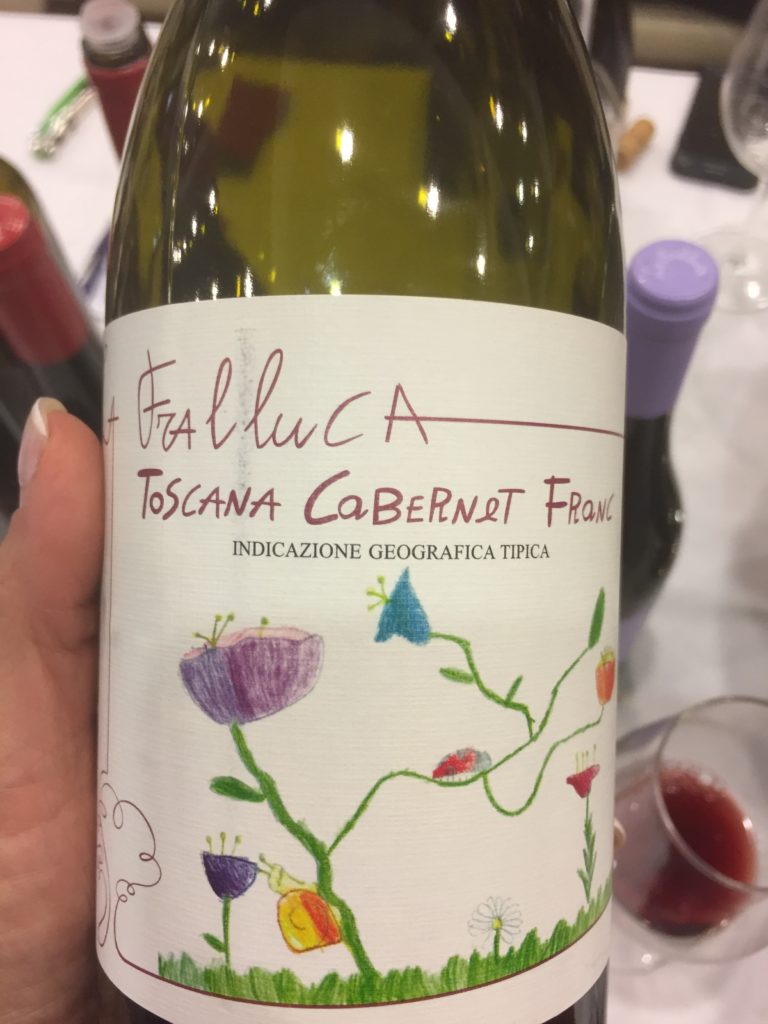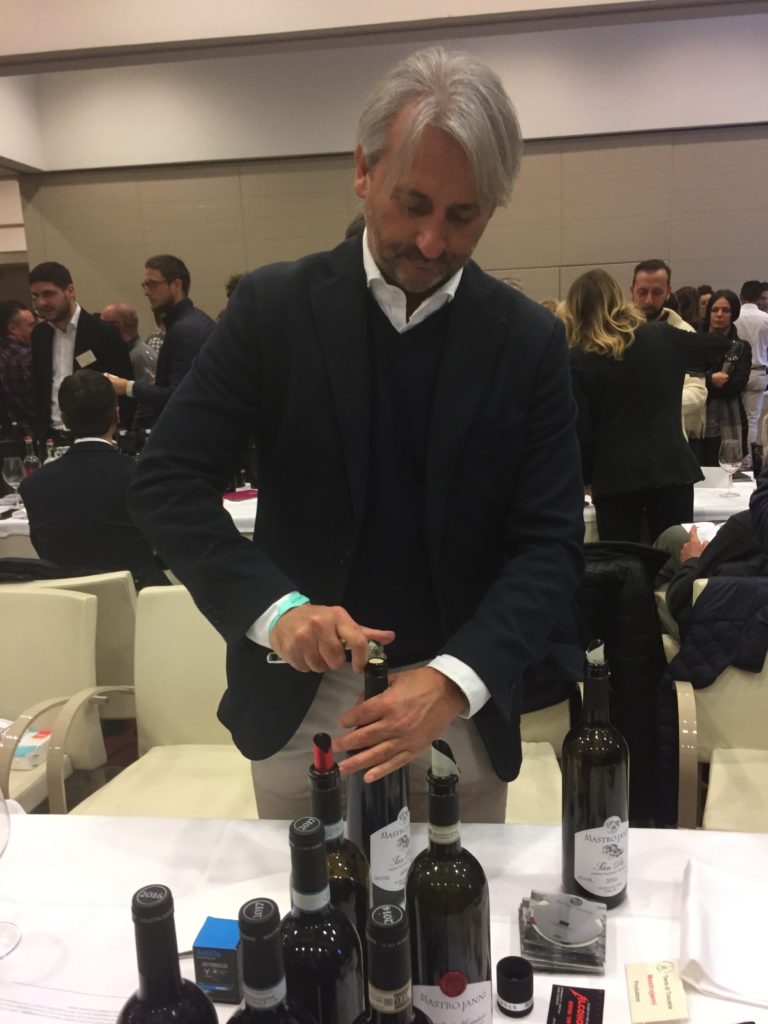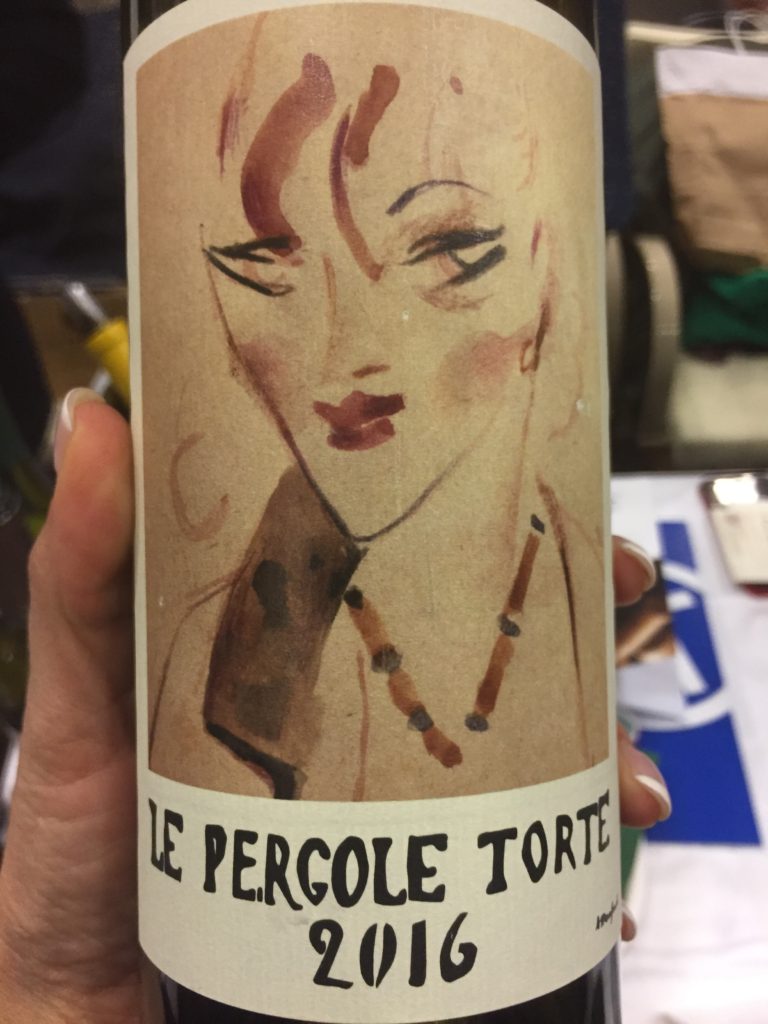”L’essenziale è invisibile agli occhi”.
Michele Satta, 1 giorno in cantina per scoprire Bolgheri
I vini di Michele Satta sono l’essenza di Bolgheri , una zona a Sud di Livorno, che pochi conoscono. Si tratta di una zona ricca di fascino, arte e cultura, e con una grande vocazione vitivinicola che è esplosa negli ultimi 50 anni! Vi racconterò di Michele Satta , che è uno tra gli storici winemaker di Bolgheri, Questo per farvi conoscere la sua cantina , la storia di questo fazzoletto di terra e la sua magia.
D’altronde, si sa, la Toscana è maledetta, pensi di starci poco e poi ci rimani per sempre! Questo è successo anche a Michele Satta , esattamente nel 1974 , quando iniziò a trascorrere qui le vacanze di famiglia.
Venite con me, si parte!
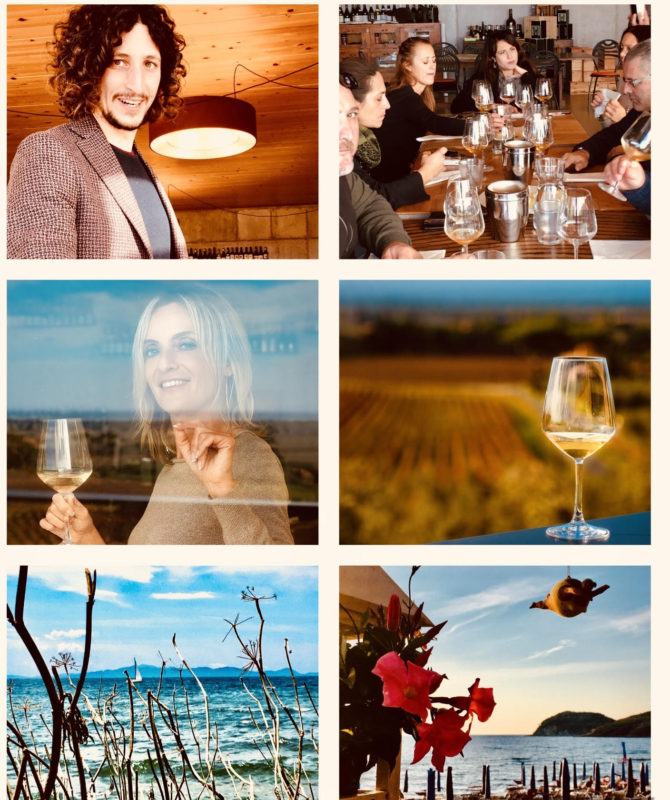
Visita alla cantina di Michele Satta a Bolgheri
Novembre 2019. Una mattina soleggiata si parte in macchina. Direzione cantina di Michele Satta, Bolgheri. Il percorso si snoda attraverso stradine strette, verso una pianura d’erba puntellata da papaveri, trifogli e alberi maestosi.
L’ ingresso semplice e minimale della cantina di Michele Satta inganna . Questo perché l’architettura dei suoi interni invece si impone con due piani di maestosità, modernità e raffinatezza. Insieme ad altri ospiti ci ritroviamo in una terrazza panoramica prospiciente la famosa ‘Costa degli Estruschi’, e ad accoglierci il giovane Matteo Bonaguidi, brillante sommelier in carriera.
Tutto parte dalla ‘Vigna del Cavaliere’
Appoggiandosi al muretto rovente della balconata, Matteo ci indica un punto preciso di Bolgheri tra acque trasparenti, cielo ed ulivi da cui inizia l’avventura di Michele Satta. Si tratta della ‘Vigna del Cavaliere’, il cui rudere è l’ombelico di quella che adesso è la tenuta:
- una superficie vitata di 24 ettari con una produzione media di 150.000 bottiglie annue, ottenute tutte da uva propria.
In questa area benedetta da Dio il vino è nato molto prima dell’uomo, il vino qui è cultura, è tradizione, è l’anima stessa di Bolgheri . Michele Satta è riuscito perfettamente a valorizzare ogni cosa, che apprendiamo nel dettaglio con le parole di Matteo prima del banchetto!
Michele Satta, l’uomo
Michele Satta, nasce a Sant’ Ambrogio Olona, un paesino vicino Varese. Lui è di sangue mezzo sardo e mezzo piemontese. Dopo il liceo classico , si iscrive ad Agraria a Milano per un richiamo istintivo verso la natura. Forse lo hanno forgiato i ricordi dell’adoloscenza, trascorsa in villeggiatura tra Sardegna e Toscana, tra acque cristalline e colline di girasoli.
E tra una punta e l’altra dello stivale con le sue diramazioni isolane, come la verità che sta in mezzo, Michele Satta si ritrova a vivere presto a Castagneto Carducci. Inizialmente metà estiva per un impiego occasionale da fattore propostogli da un amico del padre ingegnere.
Maledetta Toscana!
Nulla è per caso, ed evidentemente c’è una linea sottile, misteriosa, l’Io più profondo, che unisce tutti questi eventi e che spingono Michele Satta a spiegare le vele verso Toscana. Così ventiquattrenne Michele Satta continua l’università a Pisa e sposa Lucia da cui ha sei figli, di cui Giacomo, l’enologo, e Benedetta, responsabile comunicazione, costituiscono l’asse portante dell’azienda agricola.
Il 1983 è un periodo faticoso per Michele Satta , che però lo tempra e lo fortifica nello spirito. Per mandare avanti la baracca si sporca le mani, quelle stesse con cui sfoglia i libri da cui apprende con passione l’Ars Agricolae. Tuttavia la poesia dura davvero poco!
L’Italia negli anni ’80. Economia che punta alla quantità e non alla qualità!
Michele Satta è infatti testimone di un’agricoltura che sta mutando a vista d’occhio, si sta ammodernando con il conseguente e negativo effetto di prediligere la quantità alla qualità e ciò fa abbassare i costi della merce.
Non si guadagna molto con quella fattoria ormai fuori moda ! Appena settanta ettari coltivati a pesche, fragole, carciofi, grano, e un po’ di vigna, che sono rivenduti per una miseria ogni mattina all’alba ai mercati centrali limitrofi.
Mala tempora currunt!
Michele Satta ce la mette tutta per fare funzionare gli ingranaggi di una macchina che però ormai è al collasso, come le sue finanze. C’è da affannarsi il pane tanto quanto basta per sfamare la cospicua prole.
Un concorso in banca a Roma potrebbe essere l’ancora di salvezza. Però c’è la tentazione di restare a lavorare la terra. Accade infatti che il suo vecchio capo gli propone di curare la parte commerciale e i proventi delle vigne della stessa fattoria che abbandona in precedenza per sfinimento! Michele Satta non esita neppure un attimo e fa ritorno al solo destino cui è designato, il più nobile della terra, il vino! Da allora non si ferma più.
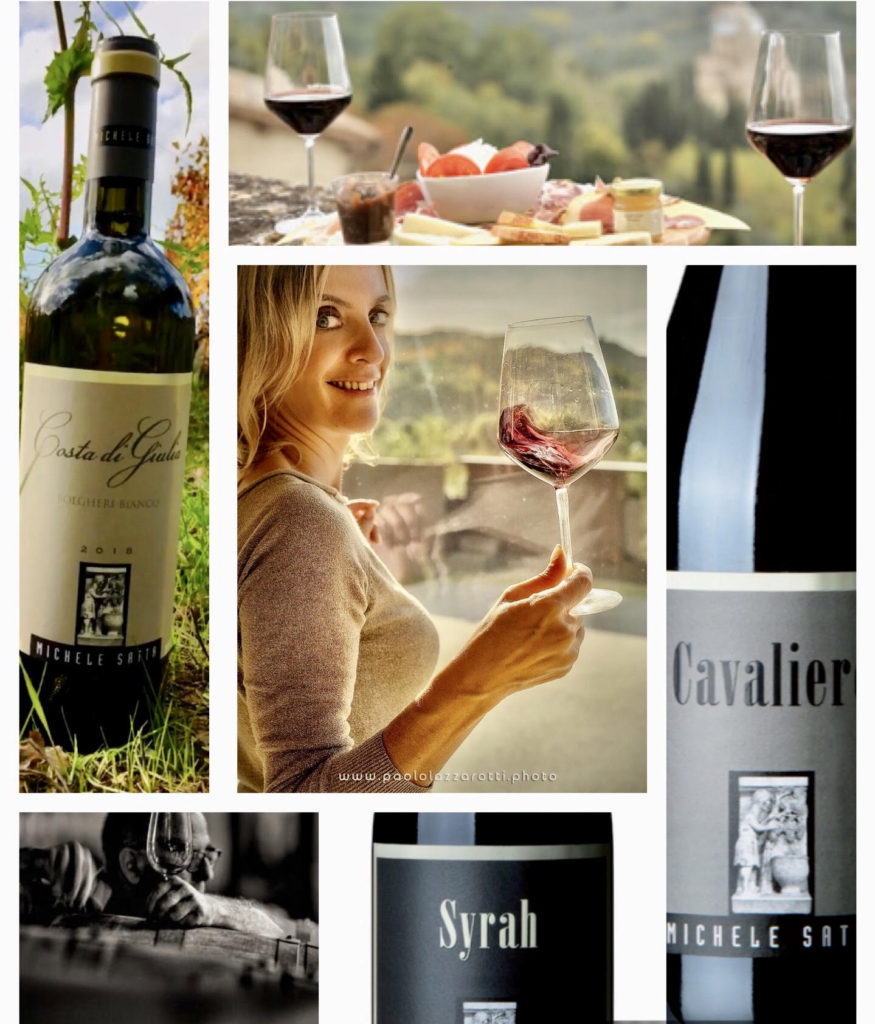
Degustazione dei vini di Michele Satta, Bolgheri
Il mio viaggio a Bolgheri prosegue con la degustazione dei vini Michele Satta. Matteo si fa notare subito per la sua classe e la sua professionalità . Si capisce subito che fa quello che gli piace fare.
Matteo prepara i tavoli con dei cestini di pane sciocco e taglieri di salumi e formaggi locali. Sistema in fila tutti i bicchieri , che riflettono una luce calda, quella che entra attraverso le grandi vetrate della sala degustazione.
I miei vini preferiti di Michele Satta
Ecco qui di seguito la selezione dei rossi e dei bianchi di Michele Satta. Tra quelli che proviamo mi hanno particolarmente colpito:
- ‘Bolgheri Bianco Costa di Giulia 2019’: battezzato così dal vigneto da cui proviene oltre che quello di ‘Querciola’, è una bomba esplosiva di 70% di Vermentino e di 30% Sauvignon . Un bianco che fa innamorare Michele Obama in occasione del suo quarantunesimo compleanno al ‘Caffè Milano’ di Washington. Questo vino a contatto con le fecce fini fa affinamento lungo per circa sei mesi in tini di acciaio. Dal colore giallo paglierino, alterna i suoi profumi di pesca bianca e fiori delicati a evidenti sentori di timo, erba appena tagliata, miele , vaniglia. Dal finale lungo si presta a invecchiare qualche anno ;
- ‘Syrah Michele Satta 2016’: è un rosso in purezza di Syrah , proveniente dal vigneto detto ‘Vignanova’ . Possiede tutte le caratteristiche di un vino mediterraneo, molto sofisticato . Non ha nulla da invidiare ai superbi rossi francesi del Rodano. Fermenta in botti di rovere da trenta hl ed affina diciotto mesi in barriques di secondo, terzo e quarto passaggio ed un anno in bottiglia con capacità di invecchiamento fino a venti anni. Nel calice si annuncia con un colore rosso rubino cupo, con note di frutta a bacca nera e si arricchisce di sensazioni speziate e nuance di erbe aromatiche. In bocca è di ottimo corpo, con un tannino maturo e termina con una chiusura persistente;
- ‘Il Cavaliere 2017’: è un rosso 100% da selezione di uve Sangiovese raccolte a mano nei vigneti di ‘Vignanova’ e ‘Torre’ . Esso fa cemento per diciotto mesi , e può invecchiare fino a venti anni. Presenta un colore rubino ed al naso è molto aperto, con aromi di prugna, violetta, tabacco, cuoio e terra di bosco. In bocca è sapido e con tannini morbidi, con un retrogusto di liquirizia e un piacevole finale;
- ‘Piastraia Michele Satta’ 2017: è un rosso, un taglio bordolese di Cabernet, Merlot e Sangiovese che con l’aggiunta di una punta di Syra prende il corpo dei vini del Sud. Le uve provengono da cinque diversi vigneti che sono: ‘Torre’, ‘Poderini’, ‘Vignanova’, i ‘Castagni’ e ‘Campastrello’. Ciascuna varietà è fermentata separatamente in botti di rovere troncoconiche da trenta hl. Sosta in barriques di legni francesi tra i diciotto ed i ventiquattro mesi. Un vino smart con un colore tendente al porpora con riflessi violacei. Al naso emergono note di ciliegia, cacao, e fiori blu. Il vino è sapido, con tannini rotondi e finale lungo. Capacità di invecchiamento fino a venti anni.
I vini di Michele Satta stregano e fanno venire voglia di stare bene, di godersi la vita, di rilassarsi.
Bolgheri, il viale dei cipressi più famoso al mondo
Chiunque arrivi a Bolgheri finisce vittima del suo incantesimo, non appena si percorrono i cinque chilometri dell’Aurelia fiancheggiati da 2500 “cipressi che alti e schietti quasi in corsa giganti giovinetti vanno fino a San Guido in duplice filar “.
Questi ultimi sono i versi del poeta Giosuè Carducci, premio Nobel per la letteratura italiana nel 1906, che immortalano questo antico borgo medievale fondato nel XI dal Conte Gherardo della Gherardesca, il cui stemma all’ingresso del castello in mattoni rossi saluta migliaia di visitatori all’arrivo della bella stagione .
Bolgheri, la Bordeaux d’Italia
Bolgheri è una frazione del comune di Castagneto Carducci, in provincia di Livorno. La sua posizione strategica, tra le Colline Metallifere e la leggendaria ‘Costa degli Etruschi’, fa di questo villaggio un territorio unico .
Immersa in una vegetazione rigogliosa e con le sue torri affacciate su un mare cristallino, Bolgheri è il fiore all’occhiello della Toscana grazie al Marchese Mario Incisa della Rocchetta, la cui genialità si materializza in tre suoi capolavori e ora attrattive del posto:
- Il celebre vino ‘Sassicaia’;
- Il purosangue Ribot;
- Il ‘Rifugio Faunistico Padule‘ .
Il Marchese Mario Incisa della Rocchetta. In principio è il ‘Sassicaia’
Il Marchese Mario Incisa della Rocchetta è nato a Roma . Lui è di stirpe sabauda, e giunge in Maremma al seguito del suo matrimonio nel 1930 con l’affascinante Clarice, discendente del conte Ugolino cantato da Dante nella sua ‘Divina Commedia’.
Agronomo, cosmopolita, visionario e di classe il Marchese Mario Incisa della Rocchetta ‘colonizza’ Bolgheri, un centro agricolo di appena cento abitanti e dimenticato da Dio, e la trasforma in una corte stupenda con il suo entourage aristocratico.
Ribot, il cavallo prodigio di Bolgheri
Nei poderi ereditati il Marchese Mario Incisa della Rocchetta apre un allevamento di cavalli da corsa da cui fuoriesce Ribot, che tra il 1955 e il 1958, vince sedici competizioni su sedici, dall’ ‘Arc de Triomphe’, al ‘Royal Ascot’ da San Siro a ‘Longchamp’.
Dal Cabernet dei Duchi Salviati di Pisa al ‘Sassicaia’
Ci fa anche una fattoria e in particolare a Castiglioncello di Bolgheri nel 1944 il Marchese Mario Incisa della Rocchetta semina delle barbatelle di Cabernet importate dai Duchi Salviati di Migliarino , che frequenta ai tempi dell’università a Pisa, e come il cappellaio matto tira fuori il primo taglio bordolese della Maremma.
Il Marchese Mario Incisa della Rocchetta non è del tutto soddisfatto di quella miscela di vitigni per nulla armonico, ma in fin dei conti gli sta bene, è un esperimento, il suo vino non vuole venderlo ma solo goderselo con chi gli sta intorno e con gli amici.
Il Marchese Mario Incisa della Rocchetta non si arrende e azzarda a regolare il tiro spostando il vigneto in un campo più alto che chiama ‘Sassicaia’ per il mix di sassi e ghiaia che la caratterizza in onore a Graves a cui si ispira, e da cui ha origine l’omonimo vino che farà di Bolgheri la Bordeaux d’Italia e un prestigioso centro di riferimento per l’enologia europea.
Nasce il ‘Sassicaia’
Ci vogliono venti anni di perfezionamenti e vicende varie prima che nasca il rinomato ‘Sassicaia’ che ognuno di noi vorrebbe in uno scaffale in bella mostra!Di fondamentale importanza è la lungimiranza del Marchese Mario Incisa della Rocchetta nell’avere individuato in Bolgheri la base per la replica del taglio bordolese francese. Questo è sempre stato di gran tendenza in Europa e oltre oceano, e ha reso celebre Bolgheri .
Oltretutto si è offerto qualcosa di nuovo al mercato italiano che, da dopo il sofferente e disastroso dopoguerra alla lenta ripresa economica, ha dormito per quanto riguarda il vino almeno fino agli anni ’80!
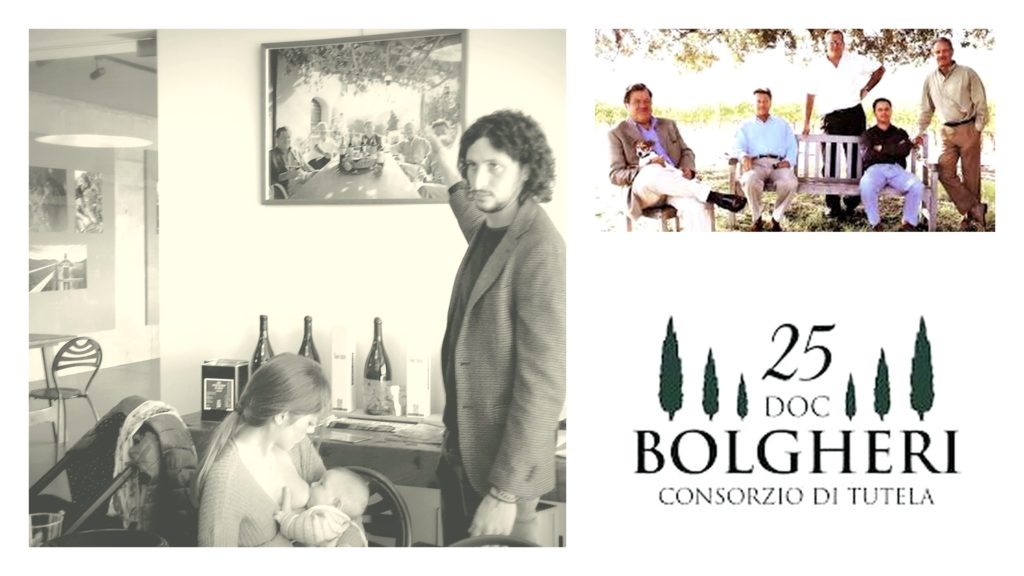
‘Sassicaia’, l’oro rosso di Bolgheri
E senza dubbio lo scossone del terremoto ‘Sassicaia’ con epicentro a Bolgheri si avvertirà in superficie e profondità lungo tutta la penisola ! Pazzo o pioniere, il Marchese Mario Incisa della Rocchetta lascia il segno a Bolgheri.
A differenza dei contadini della sua era per cui il vino è un modo per sopravvivere e da bere prima dell’inverno successivo, il Marchese Mario Incisa della Rocchetta è un nobile dentro e fuori . Lui vuole fare un vino di pregio, si interessa ai problemi agricoli evidenziando la necessità dì uscire dall’improvvisazione e di imitare i francesi dando un tono alla materia.
Seguendo il metodo francese e in controtendenza con l’allora dominante produzione di massa dovuta all’avvento delle nuove tecnologie, il Marchese Mario Incisa della Rocchetta impianta vitigni selezionati e sperimenta nuovi metodi di vinificazione. Preferisce basse rese in vigna e vitigni alloctoni a quelli autoctoni, lascia perdere il torchio a favore di una pressatura più dolce, e introduce l’affinamento in botte.
La famiglia Antinori , Giacomo Tachis e l’ascesa del ‘Sassicaia’
Tutti questi sforzi sarebbero stati forse vani se ad un certo punto di questo bel romanzo non ci sarebbero stati altri protagonisti! Da una parte il figlio Nicolò Incisa della Rocchetta, che, capendo la reale potenzialità di quel ‘primitivo’ ‘Sassicaia’ osa commercializzarlo. E dall’ altra i parenti patrizi degli Antinori nelle figure di Niccolò e Piero , che si occupano del marketing.
Questi ultimi fanno scacco matto facendo assumere il loro enologo, il pater vinorum Giacomo Tachis. Il padre del ‘rinascimento del vino italiano’ stabilisce tecniche e tempi di affinamento, ingentilisce e struttura quello che sta per essere il primo cru del Bel Paese!
1968, l’anno del ‘Sassicaia‘. Luigi Veronelli e Robert Parker lo acclamano!
Con l’inconfondibile etichetta della rosa dei venti dorata su sfondo blu disegnata dallo stesso Marchese Mario Incisa della Rocchett , il ‘Sassicaia’ viene imbottigliato per la prima volta nel 1968 e messo in distribuzione nel 1972 .
L’oro rosso di Bolgheri è sgrezzato dalle sue impurezze a tal punto da abbagliare i big del giornalismo enogastronomico. Le prime luci del ‘Sassicaia’ colpiscono Luigi Veronelli , pietra miliare nostrana del wine & food , che gli dedica un articolo intero su ‘Panorama’ nel 1974.
Successivamente con l’annata del 1978 il ‘Sassicaia’ vola oltre i confini . Questo esattamente quando la rivista inglese ‘Decanter’ lo proclama come migliore Cabernet tra quelli in competizione di altri trentatré paesi in un concorso tenutosi a Londra . Qui prevale addirittura sui famosi chateaux bordoles
La vendemmia del 1985 regala al ‘Sassicaia’ 100 punti assegnati dalla penna di Robert Parker, guru della critica americana che lo consacra a fama internazionale.
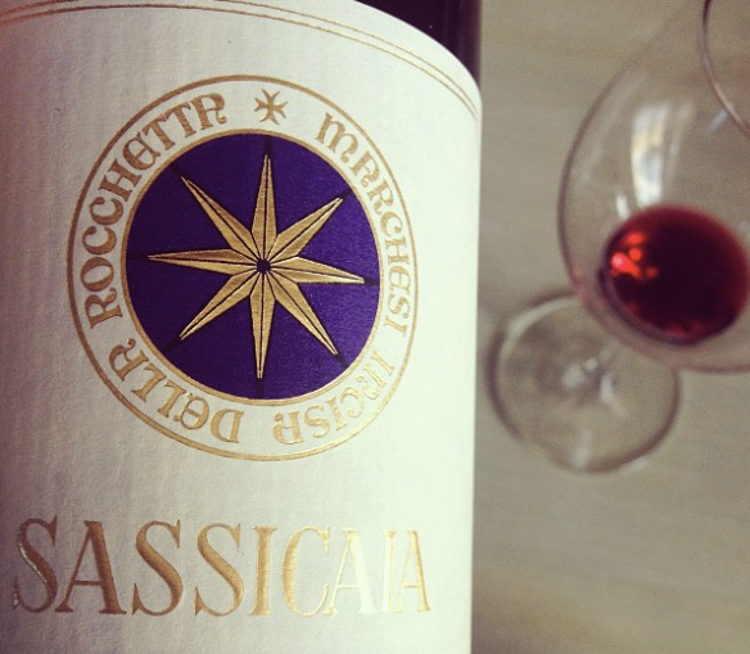
Cosa sono i ‘Super tuscan’?
E se vi dico che il ‘Sassicaia’ star indiscussa del jet set planetario usciva con la denominazione ‘vino da tavola’? Un paradosso questo che scatena e indigna al punto che, per questa categoria di vini speciali che non si adattano alle regole dei rigidi disciplinari di allora come le ‘DOC del 1983′ , che tutelano i soli bianchi e rosé. Ecco che si conia in America il termine di ‘super tuscan’, dove ‘super’ sta per ‘diverso’ e non ‘migliore’.
La ‘Doc’ per i vini di Bolgheri e il ‘Sassicaia’
Bisogna attendere fino al 1994 con la formazione delle ‘DOC Bolgheri’ , ‘DOC Bolgheri Superiore’ e ‘DOC Bolgheri Sassicaia’ per placare le ire funeste .
La costituzione del ‘Consorzio per la Tutela dei Vini Bolgheri DOC’ , di cui Michele Satta è uno dei soci fondatori, nel 1955 con le sue cinquantacinque imprese agricole, sigilla a fuoco una grande business venture . Questa ricerca costantemente di preservare sapere antico congiunto a modernità e innovazione con lo scopo di garantire a Bolgheri un futuro tutto in salita.
I grandi di Bolgheri dopo il ‘Sassicaia’: ‘Ornellaia’, ‘Guado al Tasso’, ‘Grattamacco’, ‘Masseto’
In soli cinquanta anni Bolgheri passa da 120 a circa 1300 ettari di vigna e assurge a fenomeno di vini da collezione che oltre al ‘Sassicaia’ vede spuntare nelle immediate vicinanze mostri sacri del made in Italy quali ‘Ornellaia’, ‘Guado al Tasso’, ‘Grattamacco’ e il ‘Masseto’ , Merlot al cento per cento che nel 2001 il ‘Wine Spectator’ celebra come secondo solo al ‘Petrus’ di Pomerol.
Bolgheri non è una moda!
Bolgheri non è una moda o un capriccio di qualche blasonato ma il ‘Rinascimento’ del vino in Toscana, nel momento in cui il ‘Brunello’ e l’Italia sonnecchia per poi svegliarsi del tutto a fine anni Novanta ed essere in classifica tra le potenze enoiche del globo . Bolgheri è il frutto del lavoro e il più dolce dei piaceri di uomini intelligenti e illuminati . Questi hanno collaborato e dialogato ribaltando le sorti di questa deliziosa cittadina.
Bolgheri ieri landa del deserto e considerata addirittura non vocata alla viticultura , oggi è una chicca dell’enologia italiana . Un luogo densamente popolato e affollato di turisti, curiosi e investitori provenienti da ogni parte del pianeta.
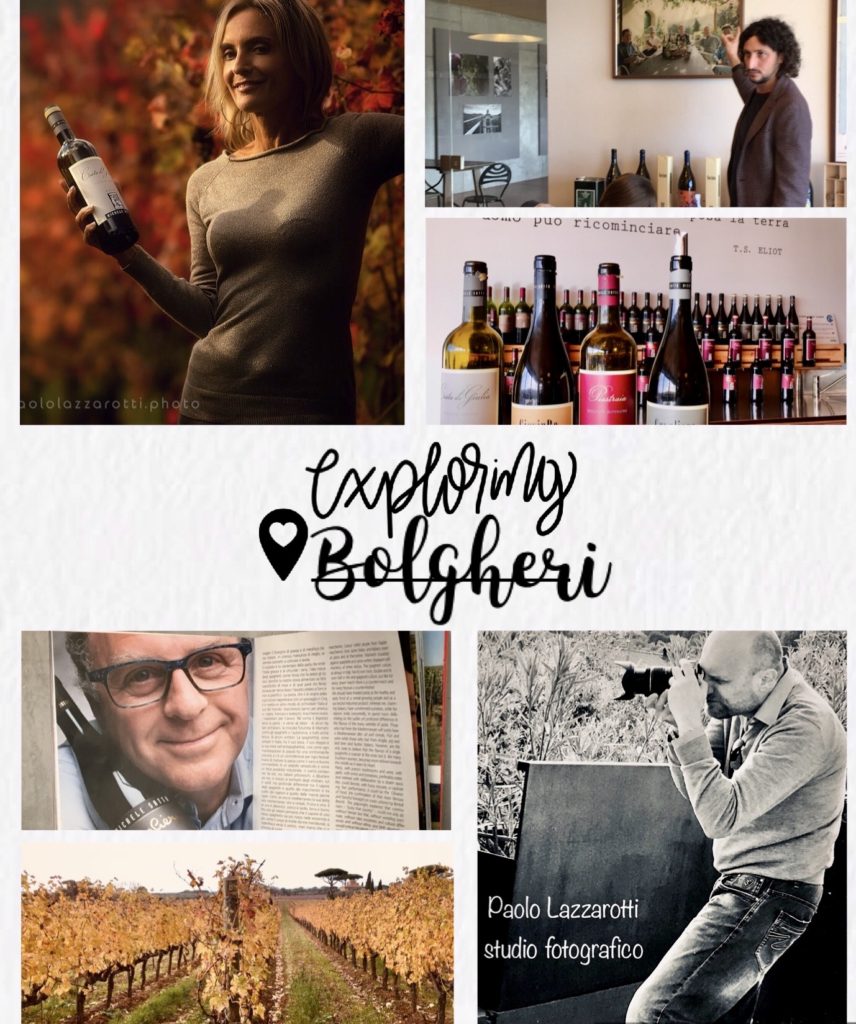
Michele Satta, l’azienda
Michele Satta scommette tutto il suo essere e il suo avere a Bolgheri sin da quando ci mette piede. Genius loci , vate, o cosa? Michele Satta è certamente un imprenditore fuori dagli schemi, dotato di grande personalità, sensibilità ed intuito.
Non dimentichiamo però che se Michele Satta è un’autorità in fatto di vino non è solo per i suoi studi, il suo carattere, le sue esperienze, e certe circostante favorevoli, ma principalmente per la devozione, la costanza , la gioia e la serietà con cui ha perseguito i suoi obiettivi, i suoi ideali.
La filosofia di Michele Satta!
Tutto quello che dai ti torna indietro nel bene e nel male, e quanto è vero per Michele Satta ! E si sa che la fortuna non è una dea cieca ma aiuta gli audaci! Tutto questo associato a un rapporto quasi ancestrale tra Michele Satta e la terra, che è il leitmotiv della sua esistenza stessa, si traduce nella nascita della sua azienda nel 1983 e nel suo primo vigneto nel 1991.
Michele Satta si distingue dagli altri fuoriclasse a Bolgheri perché è una voce fuori coro nel dare largo spazio alle uve del posto quali Sangiovese e Vermentino (sia in assemblaggio che in purezza), e nel cimentarsi con altre varietà quali per esempio il Sauvignon Blanc, il Tempranillo e il Petit Verdot.
Una mossa alquanto temeraria quella di Michele Satta in un ambiente di altolocati e di certezze stellate tra le quali primeggia quella del ‘Sassicaia’ , ma mossa del tutto inevitabile per movimentare l’identità territoriale di questo paesotto maremmano, rispettandone sempre l’inclinazione per i vini bordolesi.
Cosa fa di particolare Michele Satta a Bolgheri con il vino?
In linea con i bolgheresi classici, Michele Satta ha una sua personale visione del vino in cui soggiace prevalentemente l’intenzione di esaltare al massimo la complessità aromatica tipica del terroir mediterraneo che Bolgheri riesce a sprigionare.
Ciò si incarna perfettamente in tappe importanti della sua carriera enoica che dà alla luce nel 1987 il ‘Costa Giulia’ , 100% Vermentino, e nel 1994 il ‘Piastraia’ , blend di Cabernet Sauvignon, Merlot e Sangiovese.
A fine anni novanta, reduce di una consulenza presso l’ ‘Ornellaia’ e sotto la supervisione del prof. Attilio Scienza, Michele Satta pianta anche una piccola porzione di Teroldego, quest’ultimo ingrediente di un’altra opera d’arte di Michele Satta che è il ‘I Castagni’.
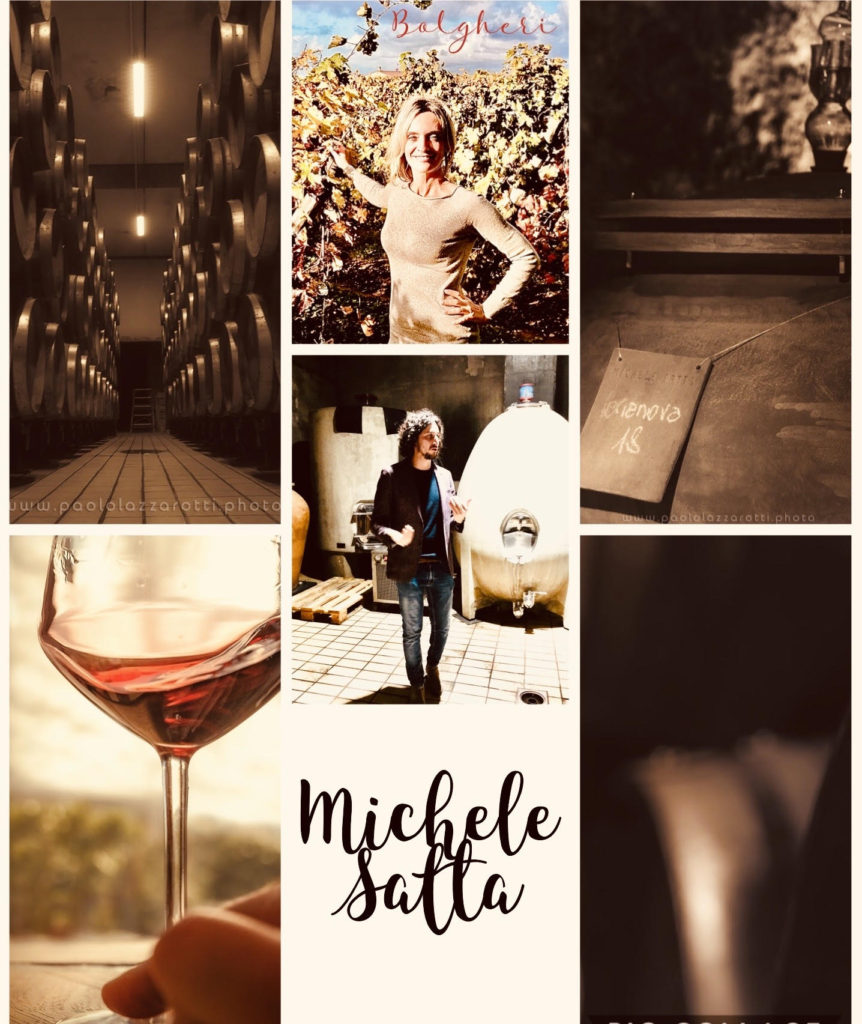
La barricaia di Michele Satta, Bolgheri
Un momento solenne della visita alla cantina di Michele Satta, è quando scendiamo nei sotterranei , che sono dedicati all’affinamento dei vini. Appena siamo giù nella cella rocciosa in cui i vini riposano, Matteo ci confessa una cosa! Cioè che molti Wine Lovers & Experts snobbano i vini bolgheresi , perché troppo freschi, fin troppo fruttati e non tipici. E principalmente perché essi accontentano in maggiore misura il palato degli intenditori americani e cinesi.
Ogni testa è tribunale e la verità sta in mezzo! Lo ascoltiamo attenti lì tra le botti e le anfore di terracotta. E dopo avere assaggiato i vini di Michele Satta, nessuno dei presenti ha dubbio alcuno che il bello per Bolgheri deve ancora arrivare, nonostante i dubbi di qualcuno!
E come non credere ad un avvenire glorioso per questi vini marittimi, sontuosi, con una traccia balsamica indimenticabile che è il ricordo della macchia mediterranea, tratto specifico che li rende irripetibili.
Quanto è grande la cantina di Miche Satta?
Michele Satta vanta una superficie vitata di 24 ettari , fruttando attualmente 150.000 bottiglie ottenute da uva propria. Matteo ci fa fare un giro all’interno della bottaia ed è orgoglioso di quello che ci sta descrivendo.
I suoi occhi brillano quasi a illuminare quegli spazi bui e freschi della grotta dove i vini di Michele Satta dormono per esprimere al meglio tutto il loro valore. Un valore che e è strettamente legato al terroir esclusivo di Bolgheri , che li fanno oggetto di invidia! Una alchimia naturale di sole, mare e terra questa è Bolgheri! Matteo ci spiega il motivo.
Le vigne di Michele Satta, il terroir di Bolgheri
Le vigne di Michele Satta sono tra quelle più a sud di tutto il comprensorio. Qui il suolo è particolarmente fertile , essendo variegato per struttura: per lo più sabbia e in molti punti argilla. C’è anche del limo, di medio impasto, drenante, e privo di sedimenti, cosa che facilita alle radici delle viti di scendere giù a fondo per alimentarsi.
Matteo va avanti narrando che i filari, trattati con pratiche biologiche, sono protetti dal vento a est dalle colline, mentre a sud beneficiano degli effetti del mare e dei fiumi Cornia e Cecina . L’acqua apporta:
- luce, favorendo la fotosintesi;
- mitiga il clima;
- rende le estati fresche e gli inverni miti;
- genera brezze gentili, che tolgono la dannosa umidità in superficie.
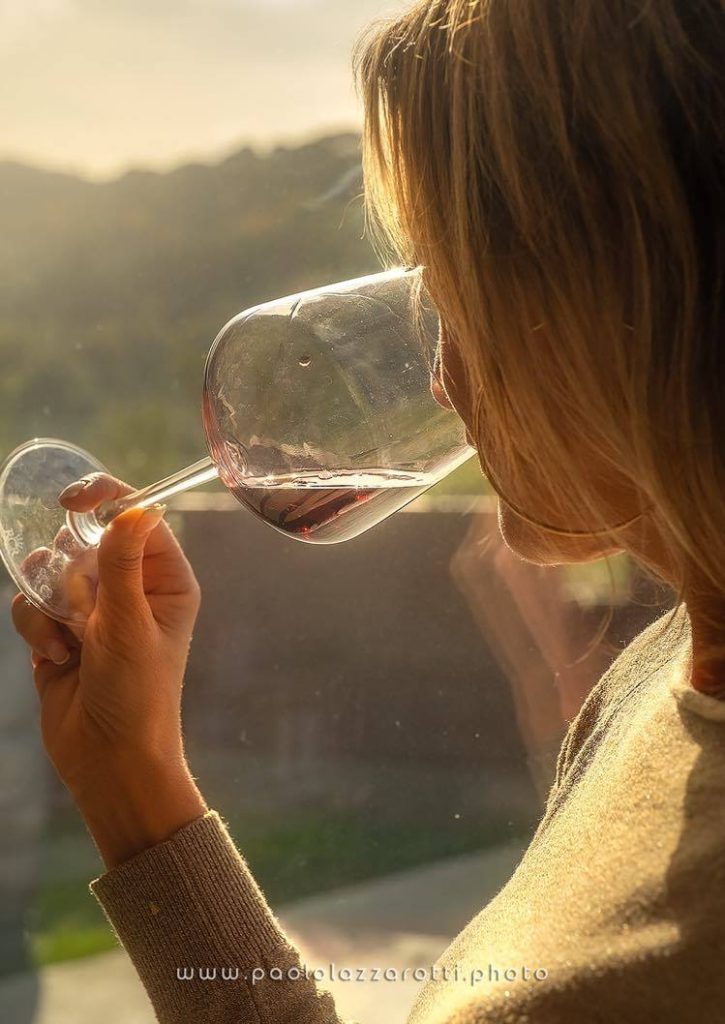
Bolgheri, a presto!
Una passeggiata tra le stradine ciottolate di Bolgheri e una cena a lume di candela nell’ intima e raffinata ‘Enoteca del Centro’ conclude magicamente il mio incontro con Michele Satta.
Mi sono riconcessa un sorso del suo ‘Syrah 2015’ , che è in poesia una frase di Antoine de Saint-Exupéry:
“E’ il tempo che tu hai perduto per la tua rosa che ha fatto la tua rosa così importante”.
Non è necessario che vi consigli Bolgheri per una vacanza, o una semplice gita fuori porta. Perché l’Italia è meravigliosa, e se verrete qui capirete il motivo!
If you like my post, please subscribe to the socials of www.WeLoveitaly.eu :





